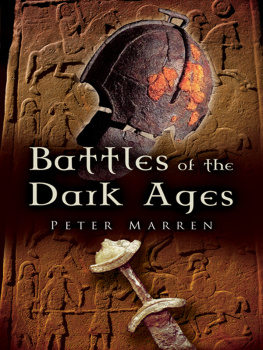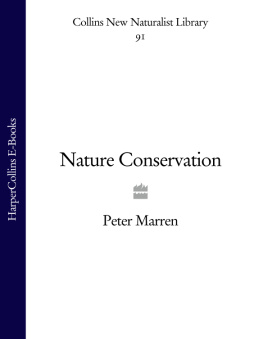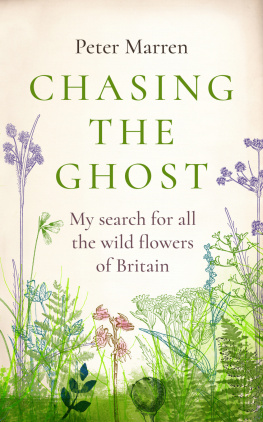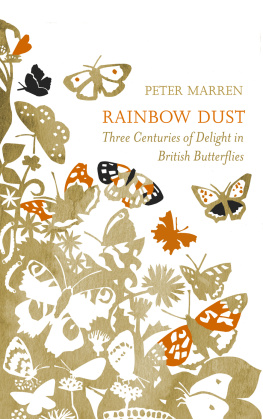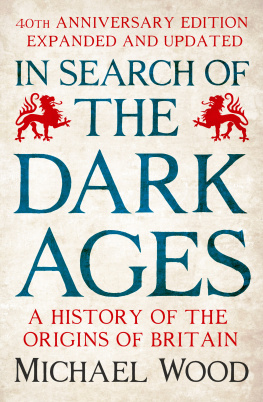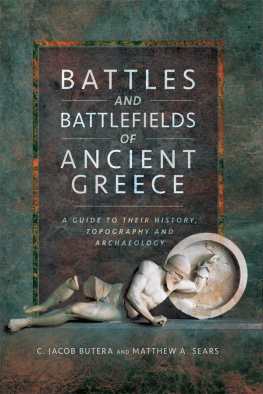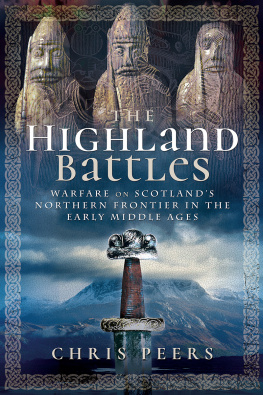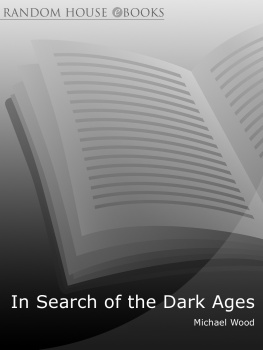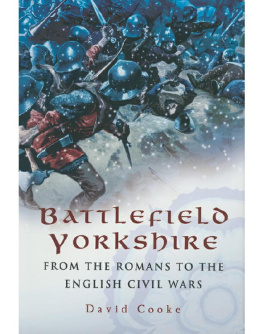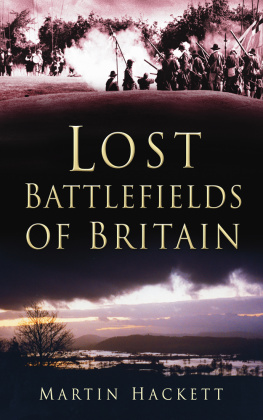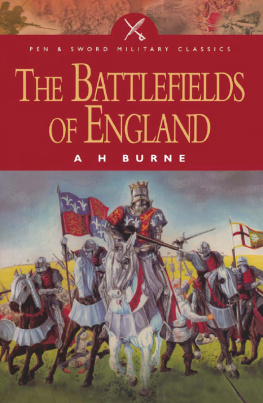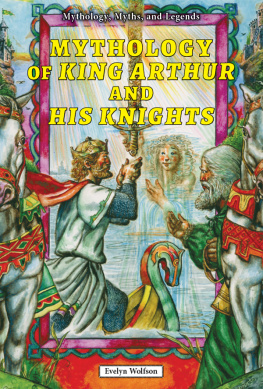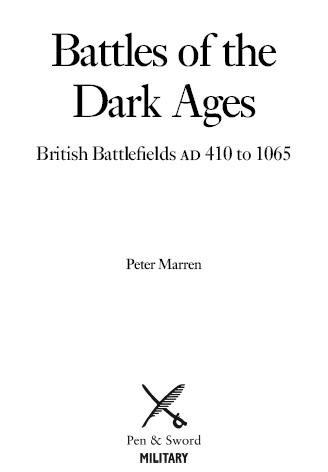
First published in Great Britain in 2006 by
Pen & Sword Military
an imprint of
Pen & Sword Books Ltd
47 Church Street
Barnsley
South Yorkshire
S70 2AS
Copyright Peter Marren 2006
ISBN: 9781844158843
Digital Edition ISBN: 9781848847064
The right of Peter Marren to be identified as Author of this Work has been asserted by him in accordance with the Copyright, Designs and Patents Act 1988.
A CIP catalogue record for this book is available from the British Library
All rights reserved. No part of this book maybe reproduced or transmitted in any form or by any means, electronic or mechanical including photocopying, recording or by any information storage and retrieval system, without permission from the Publisher in writing.
Maps provided by Cartography Services ( (phone: 01245 345757)
Typeset in 11/13pt Ehrhardt by Concept, Huddersfield Printed and bound in England by Biddles Ltd
Pen & Sword Books Ltd incorporates the Imprints of Pen & Sword Aviation, Pen& Sword Maritime, Pen & Sword Military, Wharncliffe Local History, Pen & Sword Select, Pen and Sword Military Classics and Leo Cooper.
For a complete list of Pen & Sword titles please contact
Pen & Sword Books Limited
47 ChurchStreet, Barnsley, SouthYorkshire, S70 2AS, England
E-mail :
Website: www.pen-and-sword.co.uk
Contents
List of Maps
Preface
The Dark Ages were, in Neville Chamberlain's notorious words, a far away place about which we know little. Yet they seem to have shadowed my life, partly in my imagination but also, unexpectedly, in everyday life. As a son of an officer in the RAF I had an itinerant boyhood moving from one place to the next every two years or so. And, it seemed, wherever I went there was a local battlefield, often one so remote in time and so poorly known that it was less an actual place and more of a kind of haunting, a historical shadow where folklore reigned over fact. This gave the Dark Ages a special appeal, a distant time when the land was wild and dangerous, where wolves and eagles hovered around the places of slaughter and when the very names of people and places sounded strange and foreign. At least to my ten-year-old mind it was a magical place unbothered by the boring bits of history like laws, charters and economics.
My oldest memory is living at Riccall in Yorkshire when I think I was dimly aware of some local conflict with the Vikings that had taken place near the village a thousand years earlier (I remember being pretty amazed that a place like Riccall could be that old). Later, I was at RAF Andover at the time when archaeologists were digging up near by Danebury Ring, the hill-fort by which an Arthurian battle was supposed to have taken place, named after a village with the splendid name of Nether Wallop. Later, when I got a job with the Nature Conservancy, I was struck by how many nature reserves had battlefields on them (a fact about which I was reminded when I was wandering over the field of Ashdown and put up a very rare stone curlew).Where I now live, in Wiltshire, you cannot walk far on the open downs before coming across ancient dykes and rings clearly designed to keep someone out. Liddington Hill, which welcomes me home whenever I return from the north or west mayor may not be the real Mount Badon, Wiltshire's equivalent of Camelot. But it is certainly my Mount Badon, so much so that I never call this swelling green whaleback of deep history by any other name.
I first became seriously interested in ancient battlefields after reading the works of that great battlefield detective Colonel Alfred Burne. The chapters he devoted to Ellandun, Deorham, Brunanburh and other pre-Conquest battles were of a different kind to the rest of his books. Rather than refight these dimly remembered, though important, conflicts, he devoted his energies to finding out where they were. And that remains the essential art of the Dark Age battling not so much refighting the battles as refinding them. Of course one can have a try at reconstructing the battles themselves and I hope this book will be of interest to war-gamers and re-enactors refighting them but history offers only limited help. One gamers Ellandun will not be another's (and in this particular case, if war games prove anything it is that the wrong side won!).
Finding Dark Age battlefields has involved the ingenuity of historians, antiquarians and archaeologists for at least four hundred years. They needed to be found because nearly all of them had been lost. Even the greatest of all pre-Conquest battles, the battle of Brunanburh, is no more than a name. There is nowhere on the map by this name, and none even in the Domesday Book. As a result we do not even know whether it was fought in the east or the west (the sources say one thing, geography and commonsense quite another). Persuasive and well-argued cases have been made for Brunanburhs as far apart as Rotherham, Huntingdon and the Wirral. What a pity they cannot all be right! Not that I am in any position to throw stones. I regarded myself as a great expert on the battle of Nechtansmere, now known as the battle of Dunnichen. That was until I read James Frasers new book on this subject and realized, most reluctantly, that his site was better than mine. To some extent this ambiguity is true of nearly all battles fought between 410 and 1065. For each one you seem to have at least a pair of possible battlefields (and many others have no known battlefield at all!). And that is why, with the lonely exception of the battle of Maldon, no pre-Conquest battlefield has found its way onto the registers kept by English Heritage and its Celtic sister organizations. Un certainty hovers over nearly everyone of them. Whether Brunanburh was fought on land that is now a golf course, or a cokeworks and railway marshalling yard, or featureless arable fields somewhere near Huntingdon we can argue about. The exact disposition of the armies we shall probably never know.
The lack of the certainty that enables us to stand in Wellingtons boots at Waterloo or Chards at Rorkes Drift may mean that pre-Conquest battles are not everyone's cup of tea. Most books on British battlefields have neglected the Dark Ages. Yet these ancient conflicts have a strange romantic appeal. In a way, the fuzzier the past, the greater is the tingle-factor. Standing even in the approximate footsteps of King Alfred or other Dark Age heroes (even their possible footsteps) is to dip into that bran-tub of thrilling history that can lie beneath the surface of the most ordinary-looking countryside. And although the actual battlefields are elusive, the wider military strategy of ancient conflicts is still visible in the mysterious earth walls and ditches that criss-cross the landscape on the downs and moors. Dark Age battle-finding takes you to nice, hidden places tucked away in the landscape. Since the heritage industry has ignored them you are free to use your imagination and have somewhere to park the car. And, as I have repeatedly discovered, Dark Age armies liked a good view or, if not a view, then a pleasant river.
Apart from describing the best-documented battlefields in England, Scotland and Wales, my aim has been to tell a story. By profession I am a writer and journalist, and battles are one of the things I write about. I am the author of two books on the subject, Grampian Battlefields, which is about the Scottish north-east and has been in print for fifteen years, and 1066: The Battles of York, Stamford Bridge and Hastings, published by Pen & Sword in 2004. I have also written articles about Dark Age and medieval battlefields, mainly for Battlefields Review
Next page
